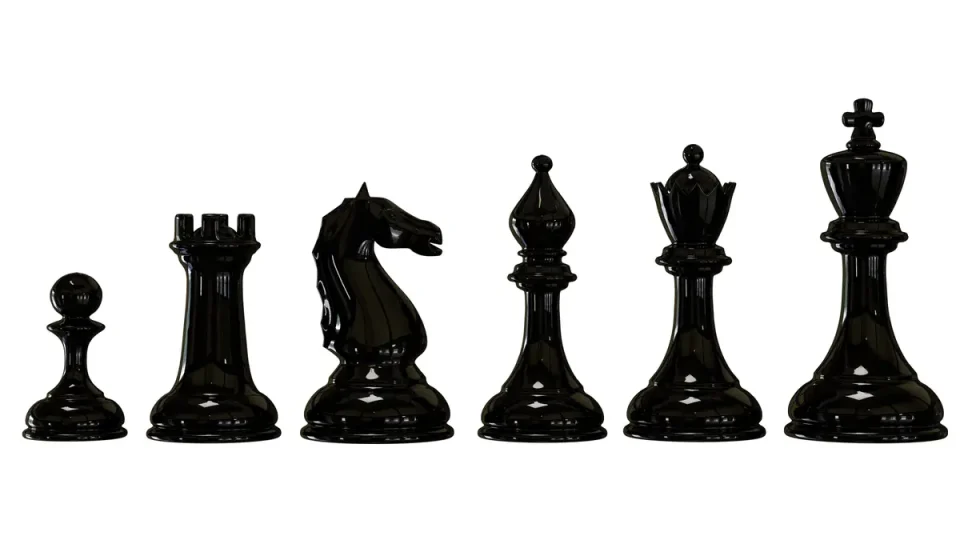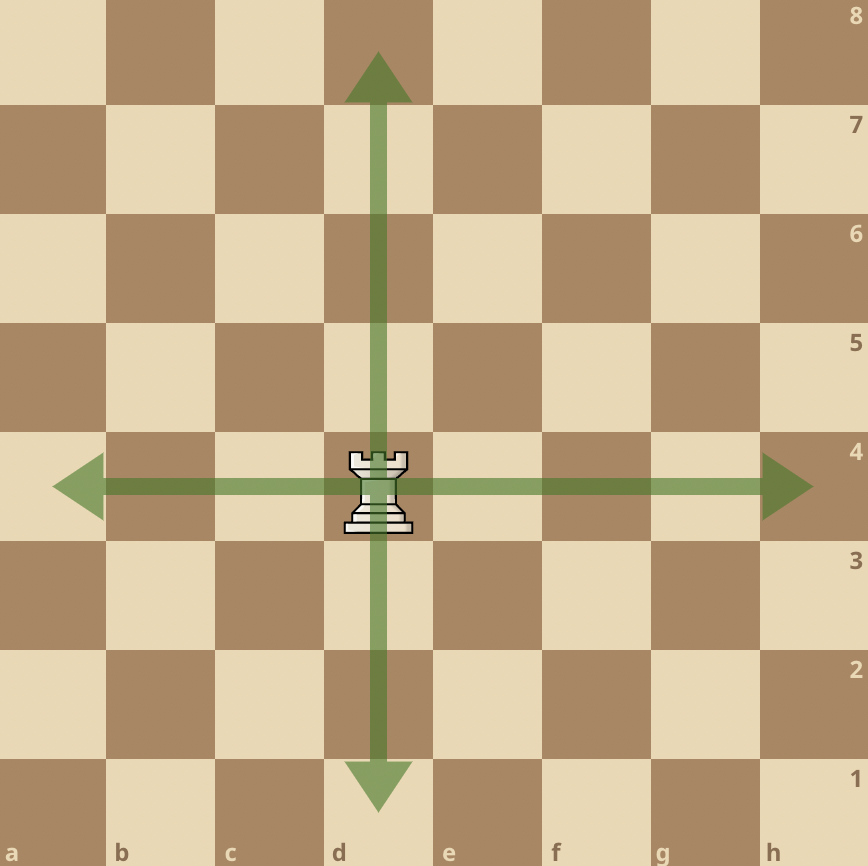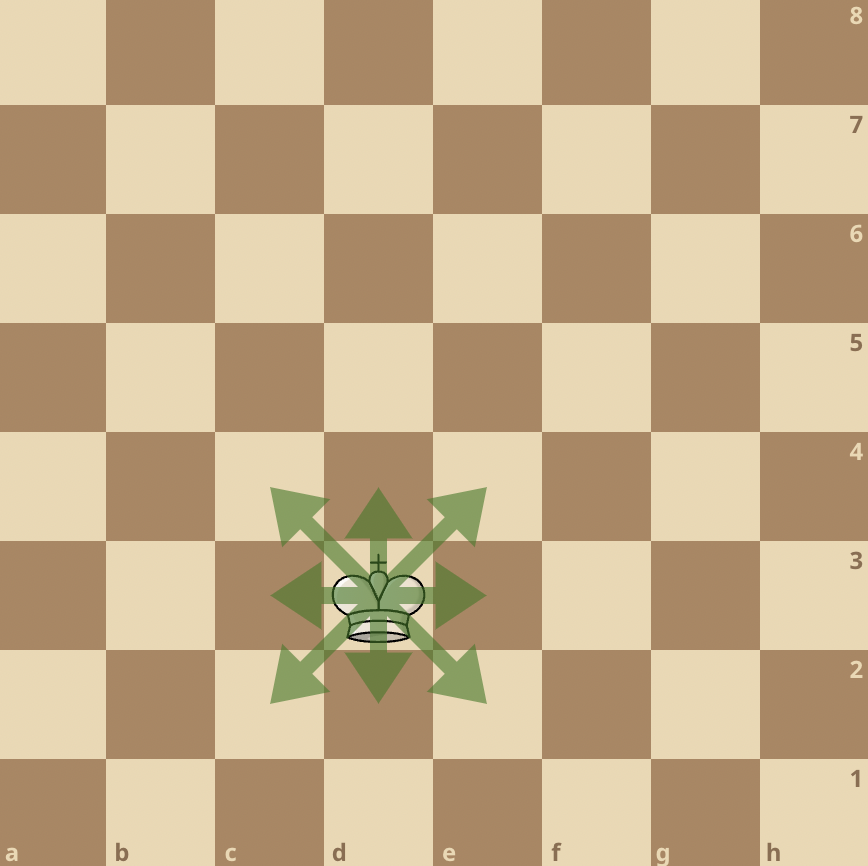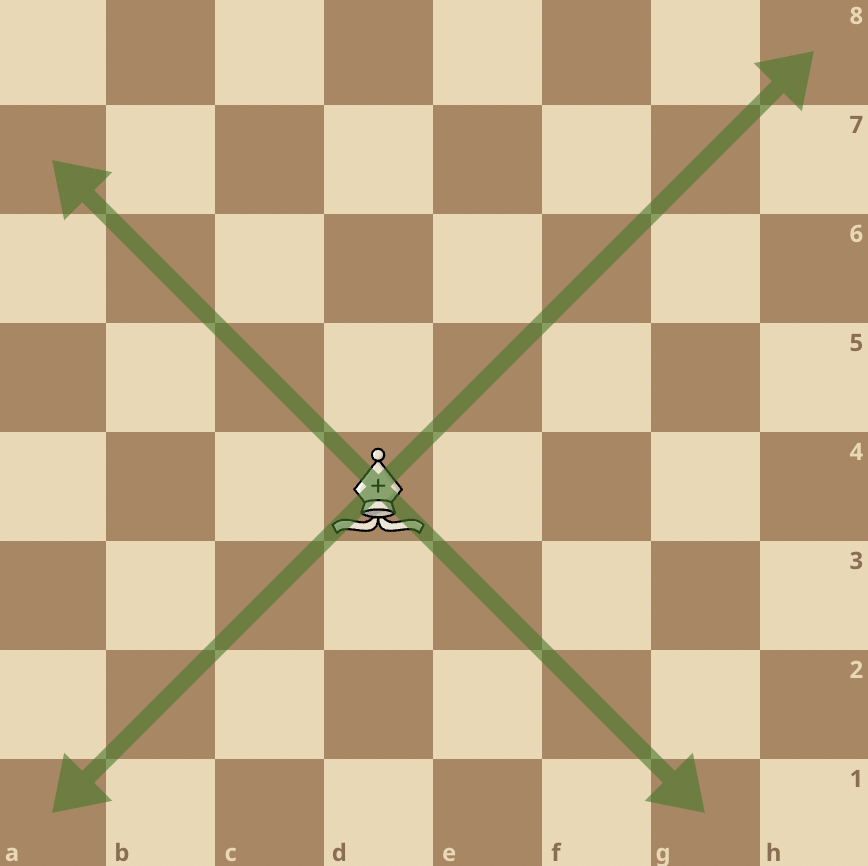The game of chess has been in existence since the sixth century. However, the six pieces used in the game took nearly a thousand years to reach their modern form.
These 6 pieces include the Pawn, Bishop, Knight, Rook, Queen and King.
But how did they settle at these names for them? Let’s have a look.
Pawn

The pawn is the weakest piece but can be the most powerful upon promotion.
It originated in the oldest version of chess, chaturanga. This piece moves directly forward in chaturanga and captures diagonally.
The pawn is derived from the Old French word paon, which comes from the Medieval Latin term that means foot soldier. In some other languages, the pawn is named after a term for “peasant” or “farmer.”
Learn all you need to know about the pawn.
Knight

The knight is a chess piece represented by a horse’s head and neck. It was first introduced in the Indian game of chaturanga around the 6th century, and it has not changed.
Learn how the knight moves in chess.
Bishop

The bishop is the piece with a slit cut in the head. In medieval chess, the bishop’s predecessor, shatranj (originally chaturanga), was the al-fil meaning “elephant”, which could leap two squares along any diagonal and jump over an intervening piece.
The modern bishop first appeared in Courier chess shortly after 1200.
Learn how the bishops move in chess.
Rook

Formerly, the rook (from the Persian rukh, meaning chariot) was called the tower, marquess, rector, and comes (count or earl). The rook is sometimes called the castle.
See our article on Rook or Castle: Which Name Is It?
In medieval shatranj, the rook symbolized a chariot. In modern times, it’s mostly known as an elephant to Hindi-speaking players.
Learn how the rook moves in chess.
Queen

Originally, the queen was the counselor, prime minister, or vizier. Its only move at first was one square diagonally.
However, its abilities were enhanced around 1300, allowing it to jump two squares diagonally (onto a same-colored square) for its first move. Overtime, the queen evolved to becoming the most powerful piece on a chessboard.
Learn how the queen moves in chess.
King

In the game of shatranj, the king’s predecessor is the piece of the same name. It is similar to the modern king in that it is the most important piece in the game and can move to any neighboring square.
However, there are some differences between the two. In shatranj, baring the king is a win unless the opponent can do the same immediately afterward. Stalemating the king is also a win, and castling is not allowed.
Learn how the king moves in chess.
For more study, check out the vast coverage by Wikipedia.







join the conversation